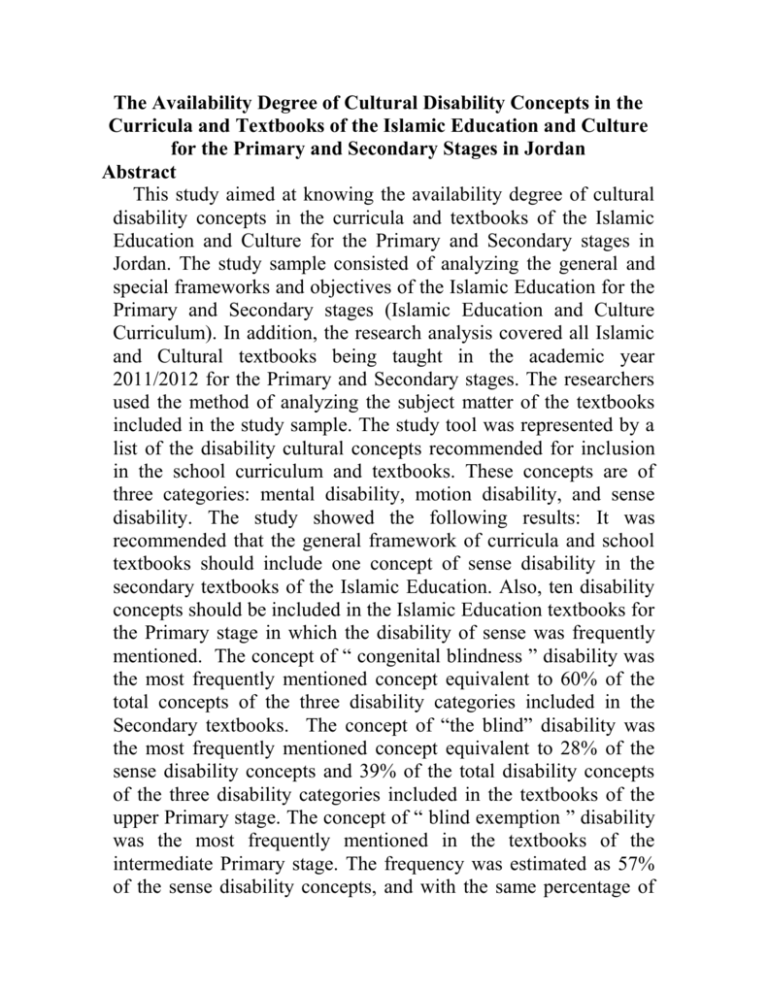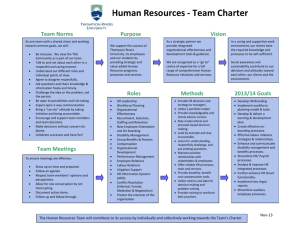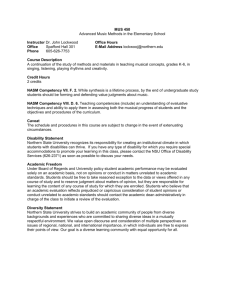The Availability Degree of Cultural Disability Concepts in the
advertisement

The Availability Degree of Cultural Disability Concepts in the Curricula and Textbooks of the Islamic Education and Culture for the Primary and Secondary Stages in Jordan Abstract This study aimed at knowing the availability degree of cultural disability concepts in the curricula and textbooks of the Islamic Education and Culture for the Primary and Secondary stages in Jordan. The study sample consisted of analyzing the general and special frameworks and objectives of the Islamic Education for the Primary and Secondary stages (Islamic Education and Culture Curriculum). In addition, the research analysis covered all Islamic and Cultural textbooks being taught in the academic year 2011/2012 for the Primary and Secondary stages. The researchers used the method of analyzing the subject matter of the textbooks included in the study sample. The study tool was represented by a list of the disability cultural concepts recommended for inclusion in the school curriculum and textbooks. These concepts are of three categories: mental disability, motion disability, and sense disability. The study showed the following results: It was recommended that the general framework of curricula and school textbooks should include one concept of sense disability in the secondary textbooks of the Islamic Education. Also, ten disability concepts should be included in the Islamic Education textbooks for the Primary stage in which the disability of sense was frequently mentioned. The concept of “ congenital blindness ” disability was the most frequently mentioned concept equivalent to 60% of the total concepts of the three disability categories included in the Secondary textbooks. The concept of “the blind” disability was the most frequently mentioned concept equivalent to 28% of the sense disability concepts and 39% of the total disability concepts of the three disability categories included in the textbooks of the upper Primary stage. The concept of “ blind exemption ” disability was the most frequently mentioned in the textbooks of the intermediate Primary stage. The frequency was estimated as 57% of the sense disability concepts, and with the same percentage of the total cultural disability concepts included in the textbooks of that stage. The concept of “assisting weak motion” appeared with a percent of 75% of the total cultural disability concepts included in the textbooks of low Primary stage, and with the same percentage in favor of the “motion disability. Key Words: Cultural Disability Concepts, Curricula and Textbooks of the Islamic Education and Culture








